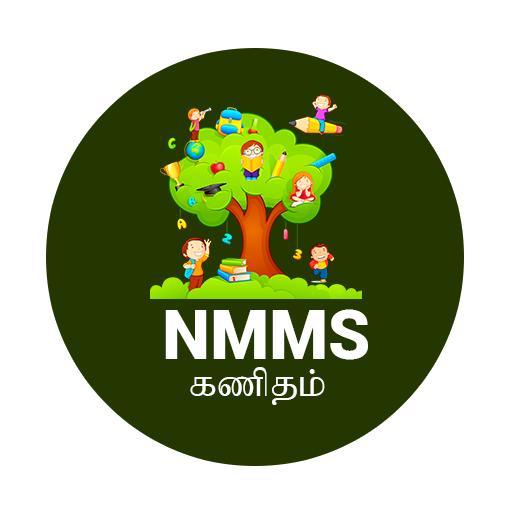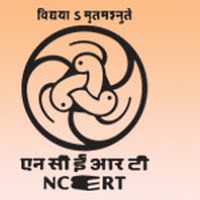

NTSE SAT Geography - Population
Exam Duration: 45 Mins Total Questions : 30
Which of the following affect economic improvement?
- (a)
Intelligent Children
- (b)
Retired People
- (c)
Illiterates
- (d)
All of the above
The family planning programme was initiated in
- (a)
1952
- (b)
1950
- (c)
1948
- (d)
1955
The National Population Policy was planned in
- (a)
1998
- (b)
1999
- (c)
2000
- (d)
2001
A large proportion of children in population is a result of
- (a)
high birth rate
- (b)
high death rate
- (c)
high life expectancy
- (d)
marriage in young age
The magnitude of population growth refers to
- (a)
total population of an area
- (b)
the rate at which the population increases
- (c)
the number of persons added each year
- (d)
the number of females per thousand males
The population of India is what percent of the world's total population?
- (a)
17.5%
- (b)
21%
- (c)
25%
- (d)
19%
Match the following
| List I | List II |
| a.Least populated state | 1. Uttarpradesh |
| b. Maximum populated state | 2. Kerala |
| c. Maximum sex ratio | 3. NCT of Delhi |
| d. Maximum density of population | 4. Sikkim |
- (a)
a b c d 4 1 2 3 - (b)
a b c d 1 2 3 4 - (c)
a b c d 3 2 1 4 - (d)
a b c d 2 4 1 3
Match the following
| List-1 | List-II |
| a. Birth rate | 1. Number of deaths per thousands |
| b. Death rate | 2. 1881 |
| c. Migration | 3. Number of live births per thousands |
| d. First complete census | 4. Movement of people |
- (a)
a b c d 3 1 4 2 - (b)
a b c d 1 2 3 4 - (c)
a b c d 4 2 1 3 - (d)
a b c d 2 3 4 1
In which of the following activities a large proportion of Indian population is engaged?
- (a)
Quarrying
- (b)
Agriculture
- (c)
Mining
- (d)
Animal husbandry
These are economically productive
- (a)
Working age
- (b)
Retired people
- (c)
Both A and B
- (d)
None of the above
Economically unproductive part of Indian population
- (a)
Working age
- (b)
Retired people
- (c)
Children
- (d)
None of the above
The number of females per 1000 males in the population is known as
- (a)
Sex ratio
- (b)
Gender ratio
- (c)
Population ratio
- (d)
None of the above
Population density is normally expressed as number of persons
- (a)
Per 1000
- (b)
Per sq.km
- (c)
Per sq.metre
- (d)
None of these
Which of the following is a pivotal element in social sciences?
- (a)
Population
- (b)
Resources
- (c)
Coal
- (d)
Petroleum
Which of the following are meaning in relation to human beings?
- (a)
Resources
- (b)
Calamities
- (c)
Disasters
- (d)
All of these
Working population includes those persons who fall in the age group of
- (a)
6-14 years
- (b)
0-15 years
- (c)
+60 years
- (d)
15-59 years
A person aged 7 years and above who can read or write with understanding in any language is treated as
- (a)
Illiterate
- (b)
Literate
- (c)
Migrant
- (d)
Immigrant
According to 2001 census life expectancy at birth is
- (a)
36.7 years
- (b)
63 years
- (c)
64.6 years
- (d)
74 years
What does NPP stand for?
- (a)
National Population Programme
- (b)
National Population Project
- (c)
National Population Policy
- (d)
National Population Production
Which one of the following is the most significant feature of the Indian population?
- (a)
Declining birth rate
- (b)
Improvement in the literacy level
- (c)
The size of its adolescent population
- (d)
Improvement in health conditions
The number of people in different age groups is referred as
- (a)
Sex ratio
- (b)
Age composition
- (c)
Adolescent population
- (d)
Occupational structure
Which of the following factors are responsible for sprase population?
- (a)
Flat plains and abundant rainfall
- (b)
Rugged terrain and unfavourable climate
- (c)
Fertile soil and abundant rainfall
- (d)
Rugged terrain and favourable climate
Which of the following is an important social indicator to measure to extent of equality between males and females in a society at a given time?
- (a)
Age composition
- (b)
Literacy Rate
- (c)
Sex ratio
- (d)
Death Rate
Name the Union Territory having the highest density of population?
- (a)
Chandigarh
- (b)
Delhi
- (c)
Pondicherry
- (d)
Daman and Diu
As per 2001 census, which of the following states has the least density of population?
- (a)
West Bengal
- (b)
Bihar
- (c)
Arunachal Pradesh
- (d)
Uttar Pradesh
When did the National Population Policy come into effect?
- (a)
2001
- (b)
1947
- (c)
1952
- (d)
2000
Which one of the following is not a Tertiary activity?
- (a)
Banking
- (b)
Transport and Communication
- (c)
Administrative services
- (d)
Building and Construction work
The magnitude of population growth refers to
- (a)
The total population of an area
- (b)
The number of persons added each year
- (c)
The rate at which the population increases
- (d)
The number of females per thousand males.
Which among the following is not included in policy framework of NPP 2000?
- (a)
Imparting free and compulsory school education above 14 years of age
- (b)
Reducing infant mortality rate
- (c)
Achieving universal immunization of children against all vaccine-preventable diseases
- (d)
Making family welfare a people cantered program
Which of the following is not included in Primary activities?
- (a)
Agriculture
- (b)
Poultry farming
- (c)
Mining
- (d)
To give Education







